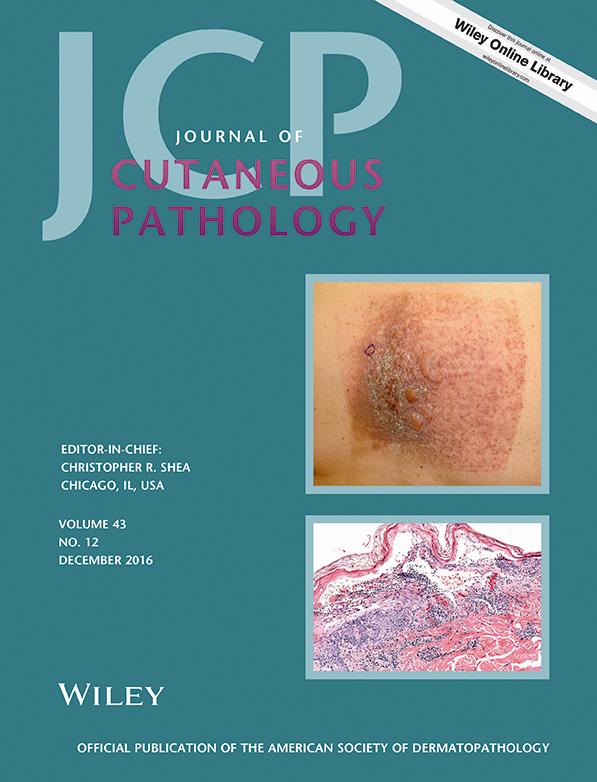Multiple angiomatous nodules: a novel skin tumor in Birt–Hogg–Dubé syndrome
Abstract
Birt–Hogg–Dubé syndrome (BHDS), first described in 1977, is a rare autosomal dominant disorder, linked to germline mutations in the FLCN (folliculin) gene. Patients may present with different skin tumors, pulmonary cysts with recurrent spontaneous pneumothorax, and renal cancers, but it has also been estimated that about 25% of carriers older than 20 years do not show skin involvement. So far, besides the triad of skin lesions of the original description (fibrofolliculomas, trichodischomas and acrochordons), a wide range of neoplastic and non-neoplastic skin conditions have been reported, i.e. melanomas, trichoblastoma, neural- and connective tissue tumors, lipomas, angiolipomas and focal cutaneous mucinosis.
We describe a patient with BHDS developing multiple skin angiomatous lesions with prominent signet-ring features, an association never reported so far. As renal carcinomas represent the most threatening complication in BHDS and the identification of the patients with BHDS is mainly based on the clinical and histopathologic identification of the diagnostic skin lesions, the role of the dermatologist can be crucial in the prevention and early detection of a potentially aggressive renal cancer.




